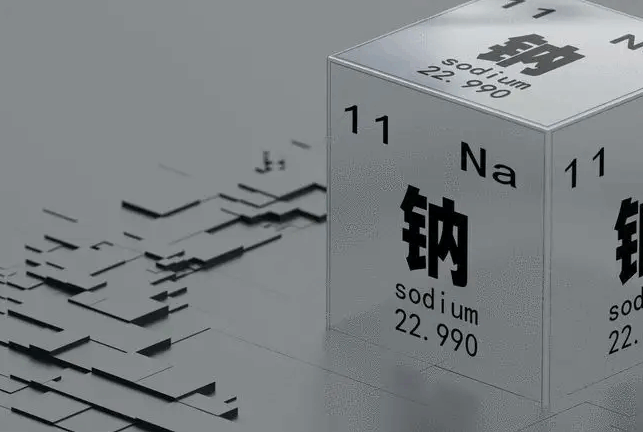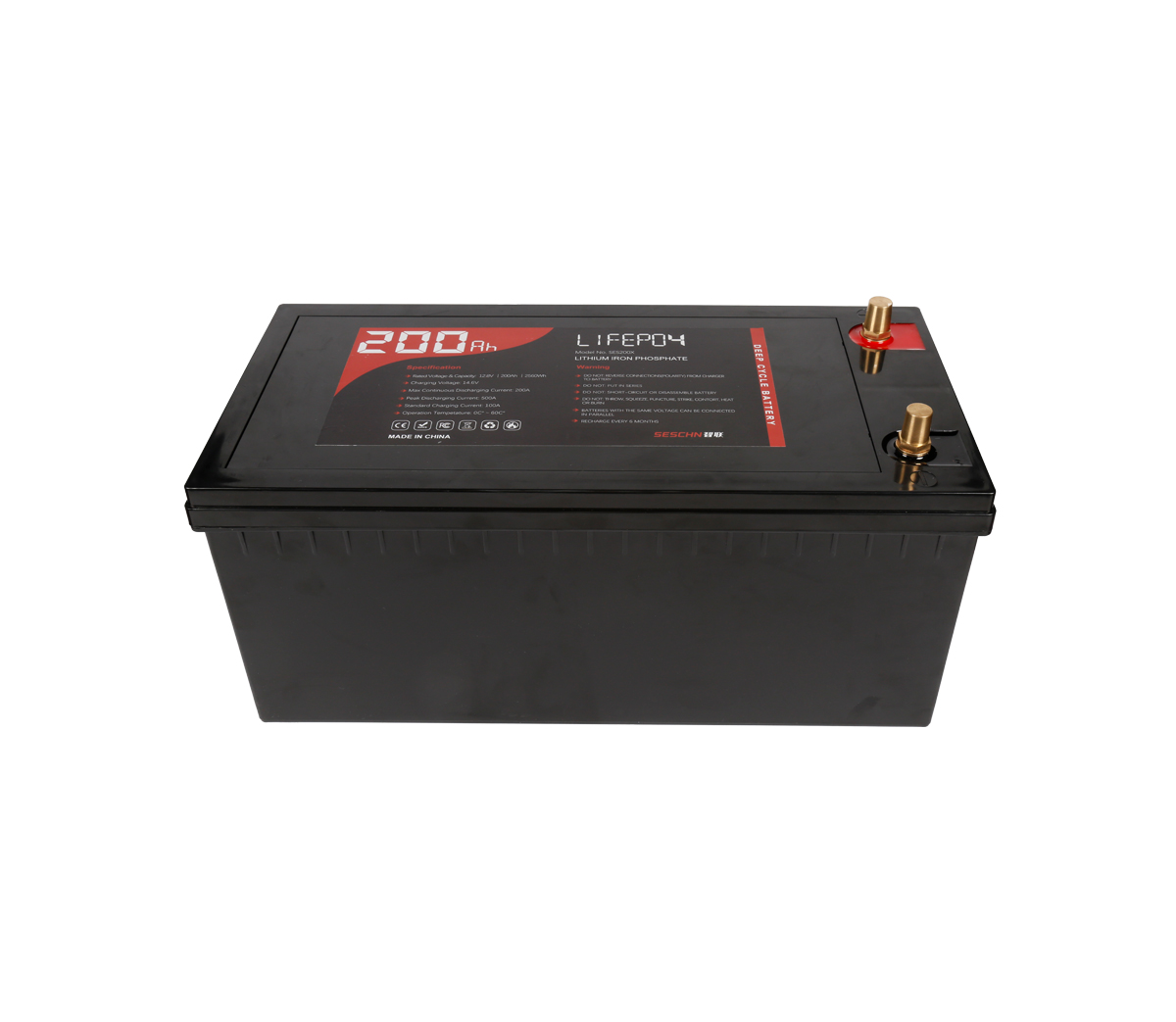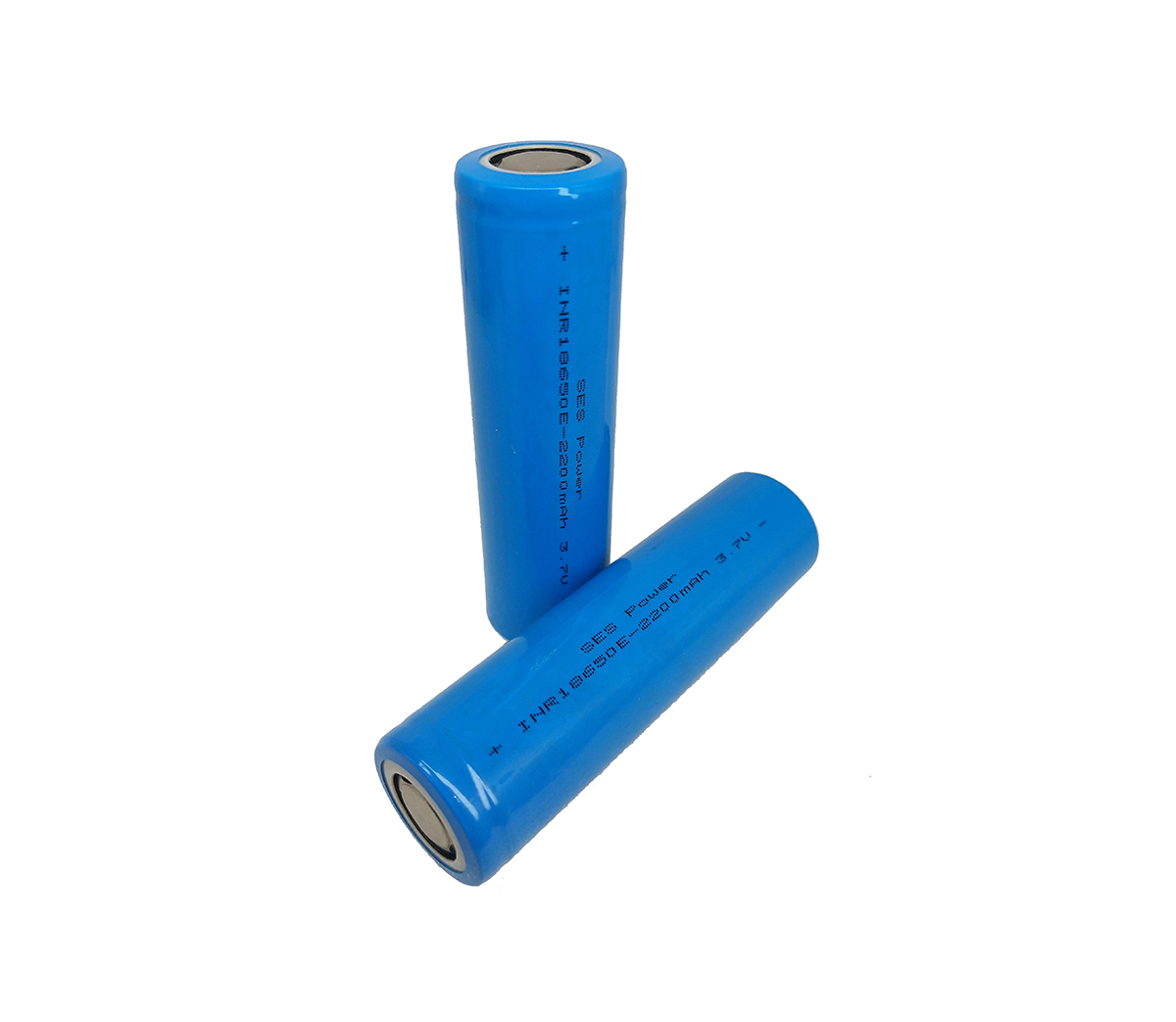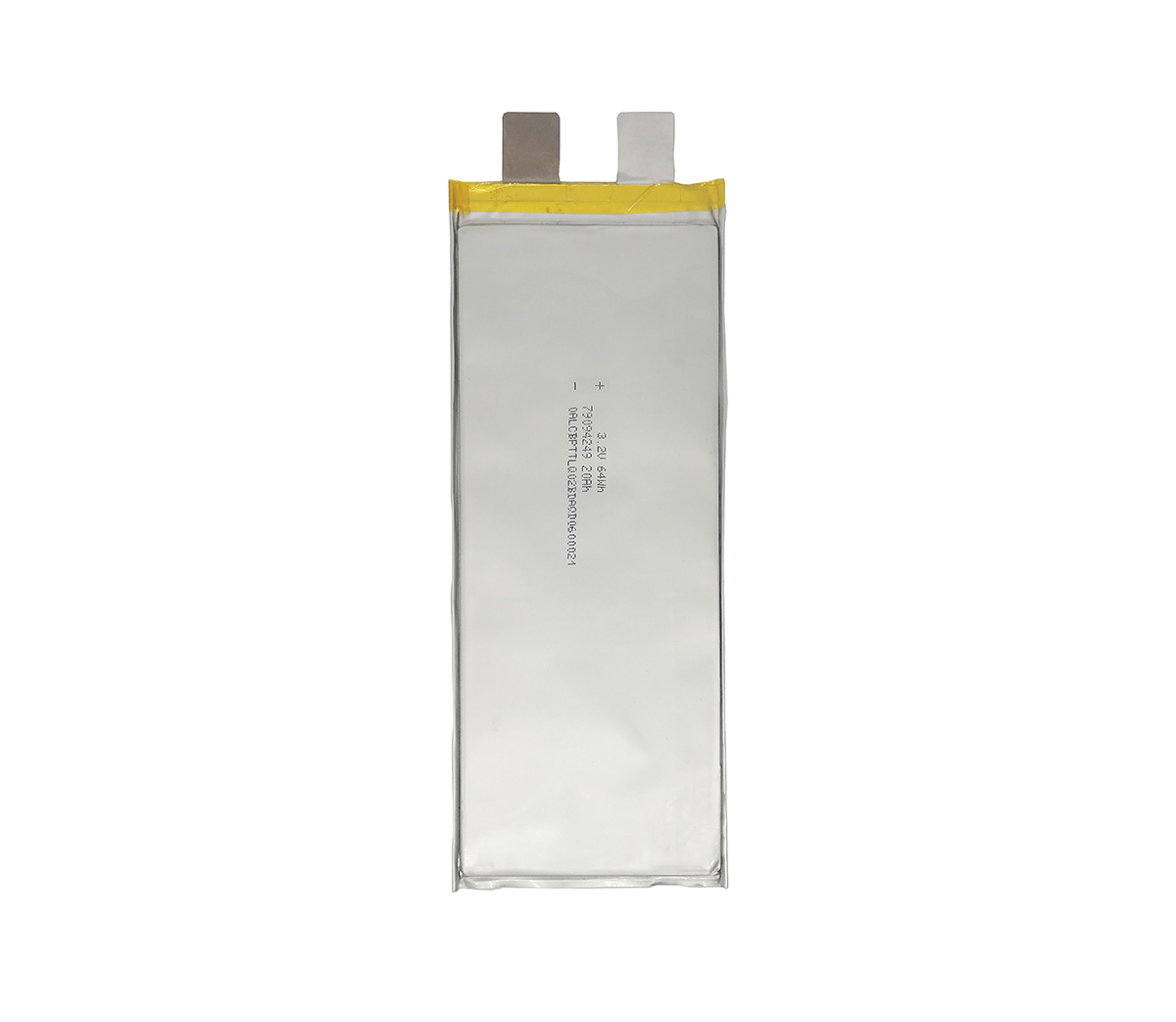The reason for the lower cost of sodium-ion batteries may be widely used in energy storage scenarios
After
the lithium-ion battery industry has experienced shocking price hikes
for raw materials in recent months, the leaders of the lithium-ion
battery industry have begun to seriously think about the real way
forward. The reason is very simple. Under the circumstance that the
market demand for lithium-ion batteries is not high, problems such as
scarcity of lithium resources, uneven distribution, and difficulty in
development and utilization have been ignored.
Therefore, the
sodium-ion battery with wide distribution of resources has returned to
people's field of vision, and CATL has even launched a marketable
sodium-ion battery. The market is very optimistic about the prospects
of sodium-ion batteries, because it is an ideal low-cost alternative.
For the energy storage market with lower energy density requirements,
sodium-ion batteries are more like a delicious meal.

Although
SES Power focuses on the design and manufacture of customized
lithium-ion batteries, we have always paid close attention to the
technological development of secondary rechargeable batteries. We use
12V100Ah, 12V200Ah, 24V100Ah, 24V200Ah, 36V100Ah, 48V50Ah, 48V100Ah,
etc. of square aluminum-shell lithium iron phosphate batteries, and
12V30Ah, 12V50Ah, 12V60Ah automotive starting batteries with
high-performance rate lithium batteries (the maximum peak current can
reach 1500A), Very popular with customers, but we are also facing cost
pressure, and sodium-ion batteries will be a good alternative in the
future.
The principle structure of sodium-ion battery is
similar to that of lithium-ion battery. Compared with lithium-ion
battery, sodium-ion battery has more resources, lower cost and less
fluctuation. The price of lithium resources is greatly affected by the
stock and production capacity. As of February 2022, the price of
battery-grade lithium carbonate, the main raw material, exceeded
US$80,000/ton, a record high.
According to the research of SES
Power, the raw material cost of copper-based sodium-ion battery is
US$46/KWh, the material cost of lithium iron phosphate battery is
US$68/KWh, and the cost of lead-acid battery is US$60/Wh. Lithium iron
phosphate batteries are about 1/3 lower.
The main reasons for the low cost of sodium-ion batteries are:
1.
Sodium is one of several elements more abundant in the Earth's crust,
2-3 orders of magnitude more abundant than lithium. The raw material
sodium carbonate is rich in resources, the price is low and stable, and
the price will remain at 1000-4000 yuan / ton in 10 years;
2. The cathode materials in sodium-ion batteries are mostly iron,
manganese, copper and other elements, which almost get rid of the
dependence on the relatively low abundance and expensive nickel and
cobalt elements, and have a wider selection range;
3. The hard carbon process used in the negative electrode has lower requirements and has low-cost potential;
4.
The sodium-ion anode current collector can use cheaper aluminum foil to
replace the copper foil current collector in traditional lithium-ion
batteries, thereby further reducing battery costs.
However, the
energy density of sodium-ion batteries is low, and the volume is
20%-30% larger than that of lithium batteries. Therefore, high-end
application scenarios such as mobile phones and notebook computers are
not the main battlefield of sodium-ion batteries. The energy storage
market is larger than the electric vehicle market, with more stringent
cost requirements than electric vehicles and insensitive to volume
requirements, which will become the main battlefield for sodium-ion
batteries.
Because the energy storage power station is not
limited by the energy density, the low-cost sodium-ion battery can meet
the requirements of energy storage, and the low-temperature safety and
other characteristics of the sodium-ion battery further broaden the
application scenarios of supporting energy storage.



































